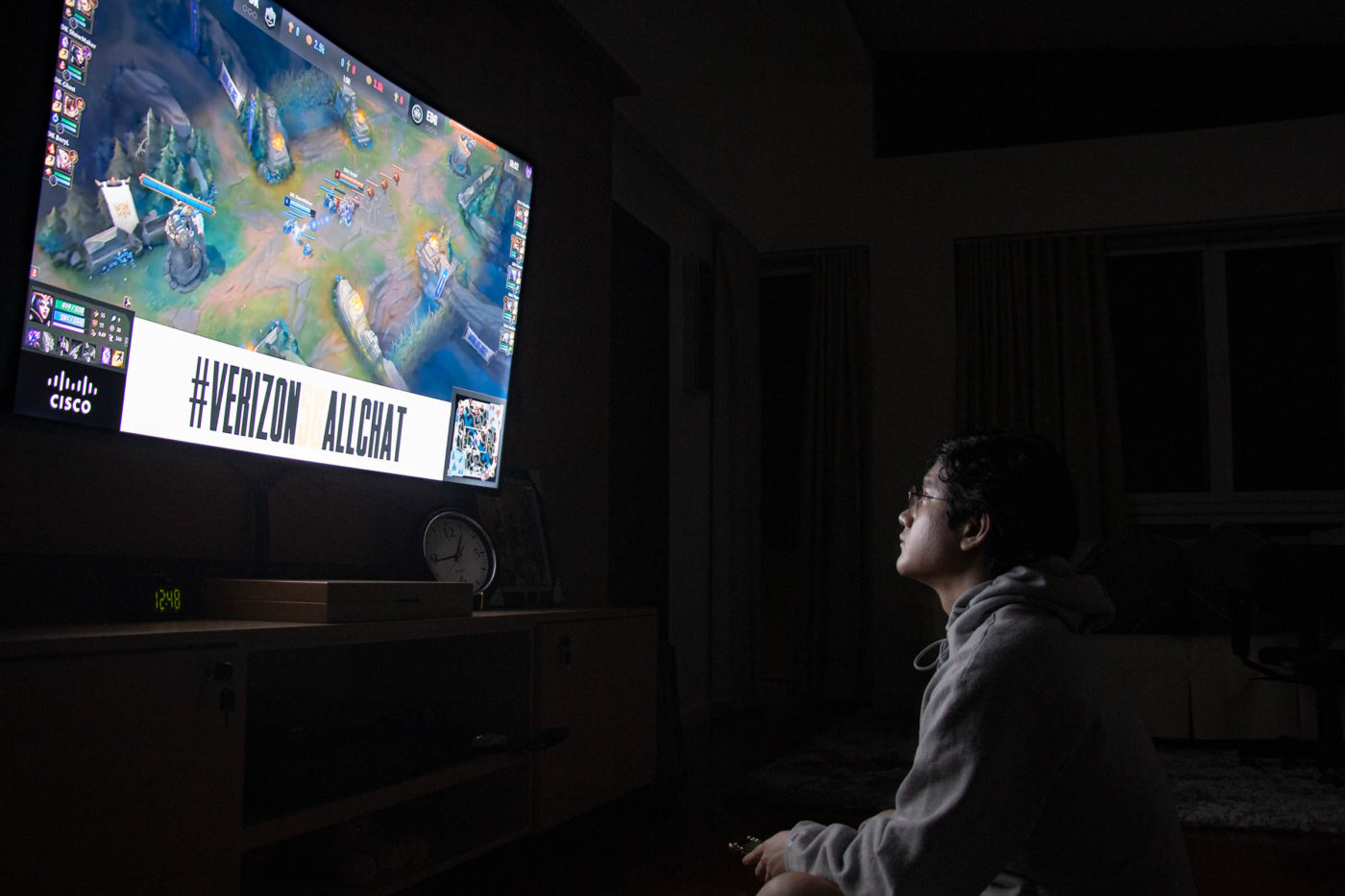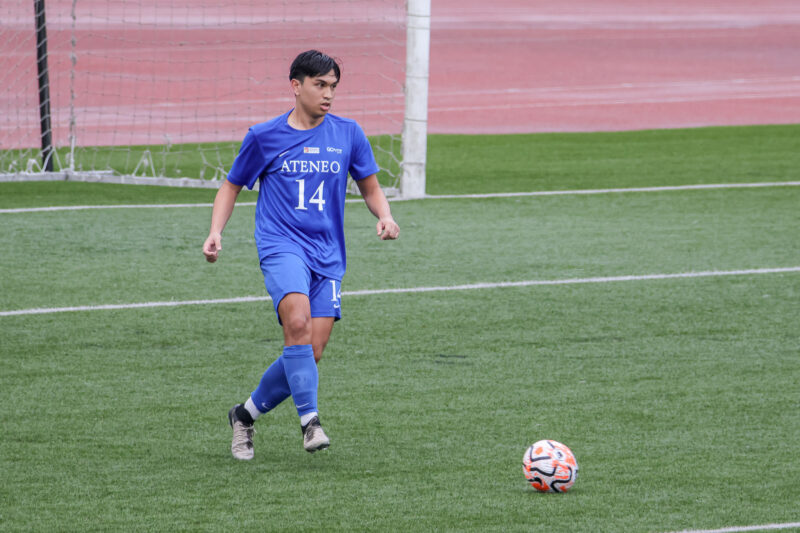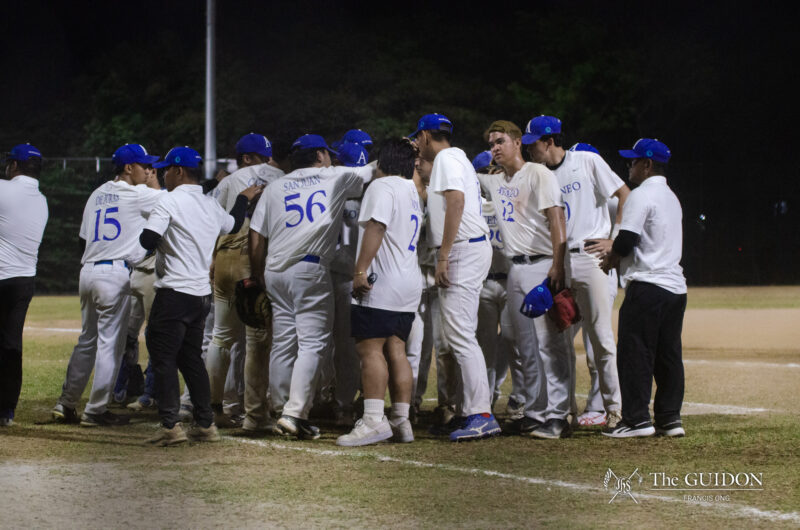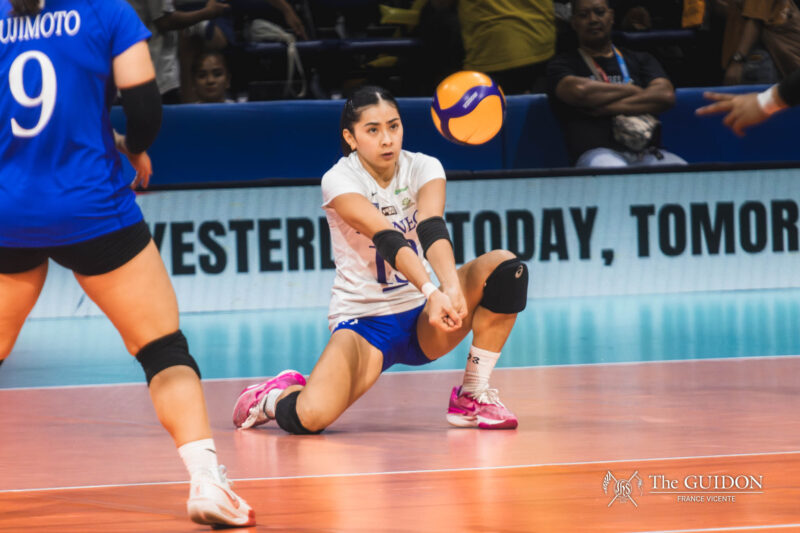SINCE THE COVID-19 pandemic threatened the world in early 2020, Philippine athletes have had little opportunity to compete in their respective sports. The University Athletic Association of the Philippines, arguably the biggest collegiate league in the Philippines, has not held an official tournament in 652 days. Other sports contests around the country have also struggled to host events due to the strict quarantine restrictions.
Without the ample facilities to work on their craft due to training limitations nor the opportunities to display their talents, student-athletes have reported lowered motivation with regard to the sports that they love. “It’s a huge [decrease of] motivation to actually progress more in the sport because you’re just locked down. There’s no chance to actually train and compete,” explained EJ Obaña, Captain of the Ateneo Men’s rowing team.
Conversely, other countries that have responded better through the pandemic have managed to resurrect their own respective competitions. Tournaments like Major League Baseball (MLB), the League of Legends (LoL) Worlds Championships (Worlds), and the Olympics have all found a way to adjust to the new normal. While these leagues flourish abroad, they also serve as a grim reminder to our local athletes of just how undervalued their sports are in the country.
For many of our Filipino collegiate athletes, the revival of these sporting leagues have served as a means to restore the competitive spirit that they lost over the past two years, while also renewing their shared call for more support from the Philippine athletics scene as a whole.
Step to the mound
In countries like Japan, the United States, and the Dominican Republic, baseball is deeply embedded into their history, allowing professional leagues like MLB to maintain a steady yet diverse fanbase. However, baseball is not included in the mainstream sports—basketball, volleyball—in the Philippines, resulting in a lack of Filipino viewership of the MLB.
Although the MLB does not have a strong local following, Martin Tan of the Ateneo Men’s Baseball Team (AMBT) shared that his love for the league comes from witnessing the sport at such an elevated level. He explained that the excitement of watching the MLB comes with examining the more technical aspects of the game.
“[Seeing players] being able to hit the ball, catch hard line drives, or a ground ball, that’s the satisfaction I gain from [watching] baseball,” said the AMBT’s batter.
For Tan, being able to observe baseball at the level of MLB while performing detailed analyses of different games helps refine his own execution of plays on the field. As a result, the AMBT’s third baseman felt that the return of the league has helped inspire him to further improve and polish his skills in hopes of returning to the mound.
While MLB has impacted him personally, Tan also recognized that MLB is a testament to the disparate resources of the local baseball scene in comparison to the American competition. “At the same time, I get demotivated because, as a baseball player in the Philippines, you can see that other sports are more of a priority than our sport,” Tan commented.
Even if seasoned players like Tan or aspiring athletes from younger generations get to experience MLB-caliber baseball, it will be tough for Philippine baseball to follow suit without the proper support. MLB is not only the standard that should be followed, but also a blaring reminder of what needs to be changed in order to put Philippine baseball on the map.
A World stage
Whereas MLB has had difficulty in cultivating a strong Filipino viewership, Worlds has seen a rapid growth over the past couple of years with a boom in the popularity of esports. In contrast to previous years where the tournament was held with a live audience, the 2021 Worlds traversed uncharted territory since the tournament was hosted in a zero-spectator stadium in Iceland.
Seeing the shift from a typically emphatic crowd to almost radio silence, Yobhel Nucum from Loyola Gaming admitted that he was underwhelmed with the return of Worlds. Back in 2015 when Nucum chanced upon the international LoL tournament on television, he was immediately attracted to the atmosphere of a roaring arena—in stark contrast to the quiet Worlds arenas of today.
Despite the disenchanting return of Worlds, Nucum believes that its strong presence as an annual competition means that people might start to value what esports brings to the table. “Testament yung Worlds na people are willing to support something like esports, kahit na yung stigma is walang mapapala diyan,” noted Nucum.
(Worlds is a testament that people are willing to support something like esports, even if there’s a stigma that you won’t get anywhere).
Be it enormous crowds or tranquil venues, Worlds solidifies esports’ presence as a legitimate sport that takes just as much physical and mental fortitude as its traditional counterparts.
The new wave
Unlike the well-established MLB, and the ever-growing esports scene for LoL, competitive rowing has not had one big, world-renowned competition in the pandemic. Aside from some online qualifier tournaments, in-person competitions have been scarce since the 2021 World Rowing Championships was canceled.
For this reason, the hosting of competitive rowing in the 2020 Tokyo Olympics held a huge influence over Filipino rowers all over the country. Obaña delved into the Olympics’ impact on him as an athlete, saying, “It’s a different kind of inspiration… If the Olympics could push through with all of these athletes being able to still train and compete to the best of their abilities even despite the pandemic, it gives you hope.”
The 2020 Rowing Olympics became drastically more meaningful with the presence of Cris Nievarez—the lone representative of the Philippines in the Rowing tournament. At only 21 years old, Nievarez’s Olympic debut served as a reminder that the Filipino rowing community still continues to grow despite the hardships in the past few years.
That growth has become evident even after Nievarez’ performance in the Olympics, with Obaña sharing rumors of other schools like the University of the Philippines now looking to open their own rowing team. The Philippine Rowing Association, in collaboration with Manila Boat Club, still pushes for the opening of the Kaliraya House—a boat house to continue promoting rowing. From a less competitive standpoint, new businesses like Saddle Row make rowing more accessible to the general public as a fitness exercise.
Though the COVID-19 pandemic has stripped collegiate athletes of their passions, the return of competitions like MLB, Worlds, and the Rowing Olympics has given them a glimpse of what made them fall in love with these sports in the first place. For the less mainstream sports in the Philippines, reaching the global stage can seem almost impossible. As such, these large-scale competitions act as a reminder to athletes that their sports are worthy of the spotlight.
The return of these leagues ensured that the respective athletic communities of these sports in the Philippines remained ever-growing, and they will continue to hold a special place in the hearts of current and future athletes alike.







